Everything you need to know about specifications and performance - Hyundai i30 2019 - 1.4 T-GDI (140 Hp) DCT
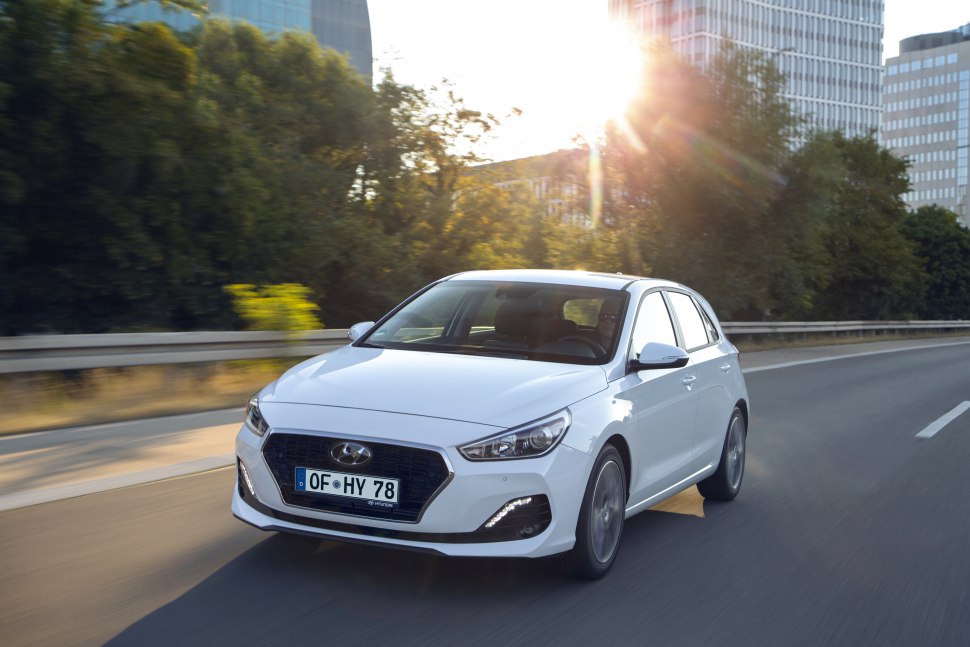
Overview:
What is the engine capacity of a Hyundai i30 2019?
The engine capacity of the Hyundai i30 2019 is 1353.
Hyundai i30 2019 How many horsepower?
The engine power of the Hyundai i30 2019 is 140 Hp @ 6000 rpm..
What is the Hyundai i30 2019 engine?
Hyundai i30 2019 engine is Kappa II / G4LD. (Click to see other cars using the same engine)
How much gasoline does a Hyundai i30 2019 consume?
The Hyundai i30 2019 consumes 5.7 liters of gasoline per 100 km
General:
Engine:
Performance:
Space:
dimensions:
Powertrain, Suspension and Brakes:
See also
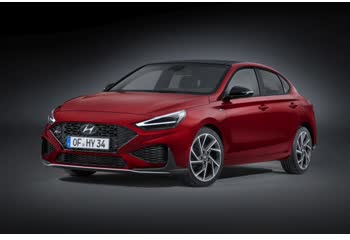
Last generation.
Its production began in 2020 until 2022
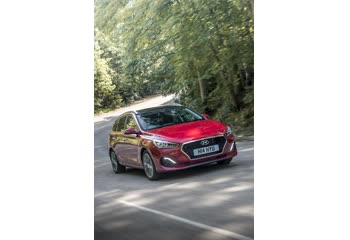
Other generation.
Its production began in 2019 until 2020
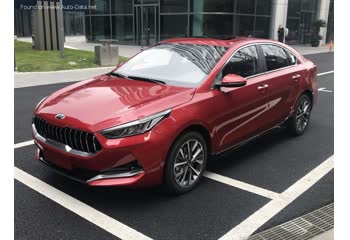
Same engine. (Kappa II / G4LD).
Its production began in 2019 until 2021
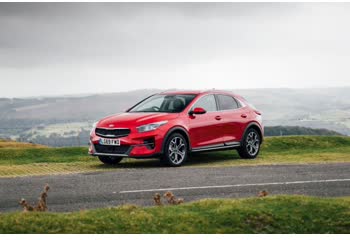
Same engine. (Kappa II / G4LD).
Its production began in 2019 until 2021
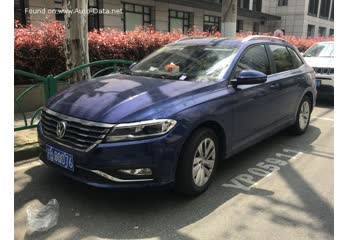
Same production year and almost the same engine capacity.
Its production began in 2019 until 2019
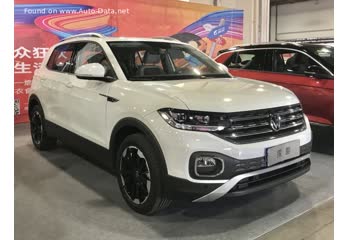
Same production year and almost the same engine capacity.
Its production began in 2019 until Now
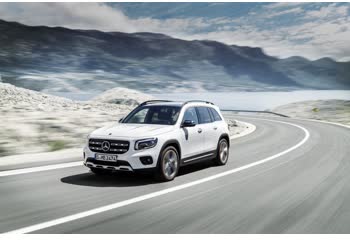
Same production year and almost the same engine capacity.
Its production began in 2019 until 2023

Write a comment